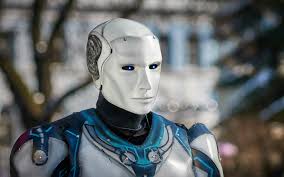
pexels
Their projections indicate that the market will see the addition of 2 million such robots in a decade, and by 2050, their total could rise to 300 million, which would assist in addressing labor shortages.
The report indicates that the potential for employing robots arises from the aging population, scarcity of labor resources, and minimal productivity growth in the service sector.
Concurrently, the bank's analysts predict that the turning point, when humanoid robots will start to proliferate quickly, will not happen before 2030.
They note that there are several obstacles to address before production can really begin. “These pertain to AI advancement, data set creation, and regulation.”
According to UBS, the costs of humanoid robots and their operation may decrease by over 70% in the next two decades due to higher production levels and enhanced supply chains.
The industry's expansion will provide considerable advantages to firms engaged in automation, auto parts producers, semiconductor and battery producers, and suppliers of rare earth metals.
source: ubs.com
The report indicates that the potential for employing robots arises from the aging population, scarcity of labor resources, and minimal productivity growth in the service sector.
Concurrently, the bank's analysts predict that the turning point, when humanoid robots will start to proliferate quickly, will not happen before 2030.
They note that there are several obstacles to address before production can really begin. “These pertain to AI advancement, data set creation, and regulation.”
According to UBS, the costs of humanoid robots and their operation may decrease by over 70% in the next two decades due to higher production levels and enhanced supply chains.
The industry's expansion will provide considerable advantages to firms engaged in automation, auto parts producers, semiconductor and battery producers, and suppliers of rare earth metals.
source: ubs.com


















